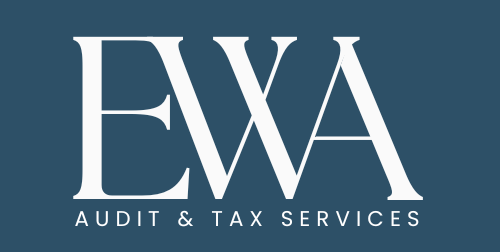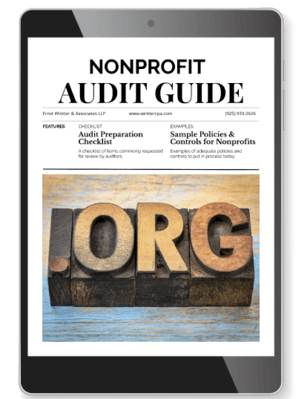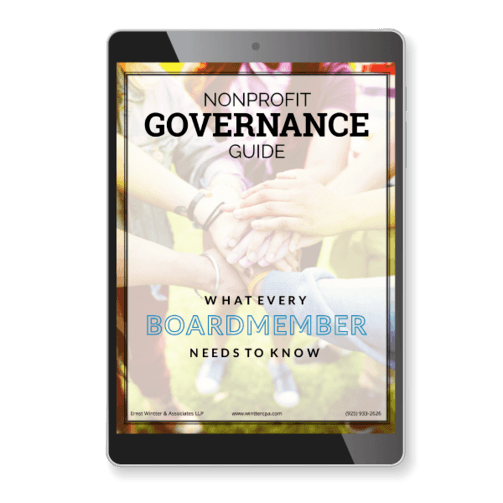Nonprofit’s Culture plays a critical role in shaping the operations and long-term success of an organization. Even if your nonprofit has built a strong record and solid reputation, team members can become complacent, leading to reduced productivity. Like a loaf of fresh bread, your organization may have already succumbed to the passage of time—becoming stale and less effective in delivering results.
What Are the Signs Your Nonprofit is in Trouble?
Since virtually every nonprofit organization faces a period of stagnation, if not an easy-to-detect decline, what are the signs you should look for to stem the tide of decline and right the ship to produce robust growth?
Lack of Passion
Nonprofit organizations rely on the commitment of employees and volunteers to achieve both financial and operational goals. When employees and volunteers start to lose faith in your nonprofit’s cause, it is like a ship at sea losing its tailwind to generate the momentum to move forward. Rekindling lost passion can be difficult to do for a nonprofit organization. The key is to discover a loss of passion before it snowballs into a culture that hampers growth and productivity.
Poor Communication
Poor communication indicates a nonprofit organization has headed down the wrong path. From not returning phone messages to sending poorly thought-out text messages, poor communication is the number one reason why nonprofits start to experience a decrease in employee and volunteer productivity. Volunteers are especially vulnerable to poor communication, as it eventually leads to them becoming discouraged and disinterested. Encouraging feedback represents the most effective strategy to ensure employees and volunteers work together to achieve common goals.
Stalled Innovation
A stagnant nonprofit culture can generate an irreversible cycle of stalled innovation. Gone is the motivation to try different things because of the mindset of “This is always how we have done it.” Stalled innovation is a common reason why most nonprofit organizations suffer from slow growth. As one of the leaders of your nonprofit, you should welcome suggestions for new ideas, as well as the game plans that implement them. You can reward new ideas with financial incentives, as well as give employees additional responsibilities that keep them loyal to your nonprofit organization.
How to Improve Your Nonprofit’s Culture to Generate New Ideas
Timing is everything when it comes to preserving a vibrant culture for nonprofit organizations. The first item on the to-do list should be to define your nonprofit’s values. Words such as respect, justice, and diversity often make it in a nonprofit organization’s mission statement. However, you should narrow down your values to more specific terms to keep your employees and volunteers on the same page. The values of your nonprofit organization should distinguish it from other nonprofits, as well as establish an enduring legacy that motivates donors to give financial resources.
Second, your nonprofit should build its team around the core values. This involves talking about the nonprofit’s values with employees and volunteers. Once again, emphasize the importance of providing feedback to develop a transparent culture. Third, incorporate employee and volunteer feedback into meetings. Finally, encourage donors to join conversations that discuss preserving the values of your nonprofit organization.
The Bottom Line: Strong Leadership Preserves Your Nonprofits Culture
Appointing the right people to leadership positions goes a long way toward developing the right type of culture that generates new ideas. Your leaders can come from all walks of life, with a special focus spent on noticing which of your nonprofit’s volunteers exhibit the values that keep your culture vibrant for years to come.
At Ernst Wintter & Associates LLP, we provide comprehensive audit, review, examination and compilation services as well as tax services that fit your business needs. Our professionals have specific expertise in the financial services industry, nonprofit sector, and employee benefit plan audit requirements. Please contact us today.








